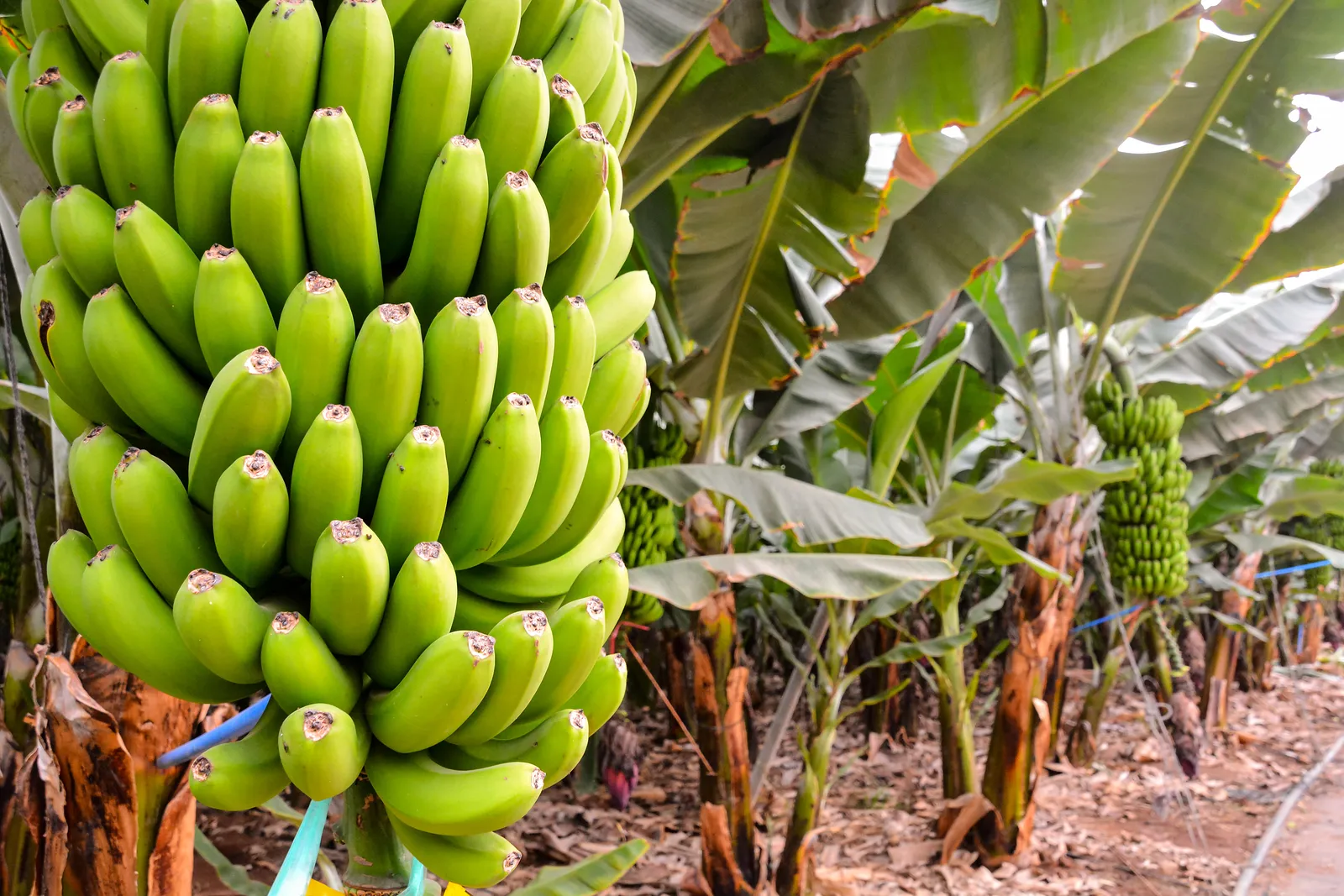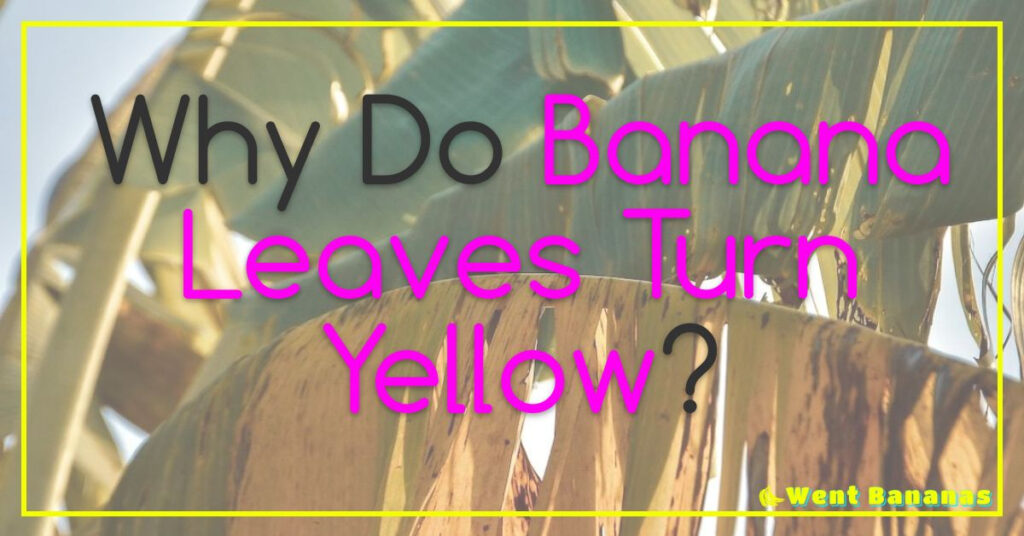Discovering the Diversity of Banana Trees: A Guide to the Many Types of Bananas
Bananas are a staple fruit in many households, but did you know that there are many different types of banana trees? In this article, we’ll take a closer look at these trees and explore their significance.

We’ll dive into the different types of banana trees and provide descriptions and images so you can easily identify them. We’ll also explore the geographical locations of each type, as well as their cultural and culinary significance.
If you’re someone who is curious about bananas and wants to learn more about these fascinating trees, this article is for you. So keep reading to discover the many different types of banana trees and their unique traits!
An Introduction to Banana Trees and Their Significance.

Banana trees are fascinating plants that have been cultivated for centuries. These trees belong to the Musaceae family, which includes around 70 different species of bananas and plantains. Bananas are one of the most widely consumed fruits in the world, with over 100 billion bananas consumed annually.
The banana tree is a perennial herbaceous plant that can grow up to 30 feet tall. The trunk of a banana tree is actually made up of leaf sheaths that overlap each other, giving it its unique appearance. The leaves themselves can be over 9 feet long and up to 2 feet wide.
Bananas themselves grow in clusters called hands, with each hand containing around 10-20 individual bananas. Bananas come in various shapes and sizes, from small finger-sized varieties to large plantains used for cooking.
The significance of banana trees goes beyond just their tasty fruit. In many cultures, banana leaves are used as disposable plates or wrapping for food during festivals or celebrations. Banana fibers can also be used for making textiles and paper products.
Furthermore, banana trees play an important role in agriculture as they provide a source of income for farmers worldwide. They are also known to improve soil quality through their ability to absorb nutrients from deeper layers of soil and transfer them upwards towards the surface.
In conclusion, learning about banana trees not only satisfies our curiosity about this ubiquitous fruit but also provides insight into their cultural significance as well as their economic importance globally.
Different types of banana trees, with descriptions and images, are available.
Bananas are one of the most popular fruits in the world, and for good reason. But did you know that there are actually many different types of banana trees? Each variety has its own unique characteristics, making them worth exploring.
One type of banana tree is the Cavendish banana tree. This is the most common type of banana found in grocery stores around the world. The Cavendish is known for its sweet taste and soft texture, making it a popular choice for eating raw or in smoothies.
Another variety is the Red Banana tree. This type of banana has a reddish-brown skin and a creamy white interior with a slightly tangy flavor. It’s often used in cooking or eaten as a snack.
The Lady Finger Banana tree produces smaller bananas that have a sweet flavor and firm texture. They’re perfect for snacking on-the-go or adding to baked goods.

One lesser-known variety is the Blue Java Banana tree, also known as “ice cream” bananas due to their creamy texture and vanilla-like flavor. These bananas are best enjoyed when fully ripe, giving them their signature taste and texture.
Finally, there’s the Plantain Banana tree which produces larger bananas with firmer flesh than traditional eating bananas like Cavendish varieties. Plantains are commonly cooked rather than eaten raw due to their starchy nature but can be enjoyed fried or boiled as part of savory dishes like soups or stews.
No matter what type of banana you prefer, learning about these different varieties can add some excitement to your fruit game!
Geographical locations of different types of banana trees.
Bananas are a staple fruit enjoyed by millions around the world, but did you know that there are over 1,000 different types of banana trees? These variations can be found in geographical locations all around the globe.
In Southeast Asia, for example, the Cavendish banana is widely grown and exported. This variety is known for its sweet flavor and soft texture, making it a popular choice in desserts and smoothies. In contrast, East Africa is known for its Matooke bananas which are less sweet but more starchy and used as a staple food source.
Moving to South America, we find the Gros Michel banana which was once the most commonly grown variety until it was almost wiped out by a disease in the mid-20th century. It has since been replaced by the Cavendish in most regions.

« if banana is apple apple is grapes
The Ultimate Guide to Knowing When Your Banana Bread is Done: Tips and Tricks for Perfect Baking! »
Other varieties such as Lady’s Finger (India), Pisang Raja (Indonesia), and Red Dacca (Philippines) can also be found growing in their respective countries. Each type of banana tree has unique characteristics such as size, taste profile, and resistance to diseases.
It’s fascinating to see how geography plays a role in determining which types of bananas thrive in certain regions. And with continued research on genetic diversity and breeding techniques, we may see even more unique variations emerge from different corners of the world.
So next time you bite into your favorite banana treat or snack on some fresh slices at breakfast, take a moment to appreciate just how diverse this humble fruit really is!
The cultural and culinary significance of each different type of banana tree.
Bananas are one of the most widely consumed fruits in the world. While most people are familiar with the common Cavendish banana, there are actually over 1,000 different varieties of bananas with unique cultural and culinary significance.
One such variety is the Red Banana, which is popular in Southeast Asia and has a sweeter flavor than its yellow counterpart. In India, bananas are often used in religious ceremonies and as offerings to deities. The plantain banana is commonly used for cooking in Latin American and Caribbean cuisine due to its firm texture.
In Africa, the East African Highland Banana plays an important role both culturally and economically. It is used for making beer and spirits as well as being a staple food item for many communities. The Gros Michel banana was once a popular export variety until it was devastated by Panama disease in the 1950s.
The diversity of banana varieties highlights their importance not just as a food source but also their cultural significance around the world. By learning about these different types of bananas, we can gain a deeper appreciation for this beloved fruit and its impact on various cultures throughout history.
Check out our other articles to find out even more about banana.
Banana trees are an important part of various agricultural and culinary cultures around the world. From being a dietary staple to scientific studies, banana trees have become closely connected with unique aspects of different civilizations. Whether you’re looking to learn more about types or locations of banana trees, this article can provide a great starting point in your search for knowledge on bananas! Check out our other articles to find out even more about bananas!










